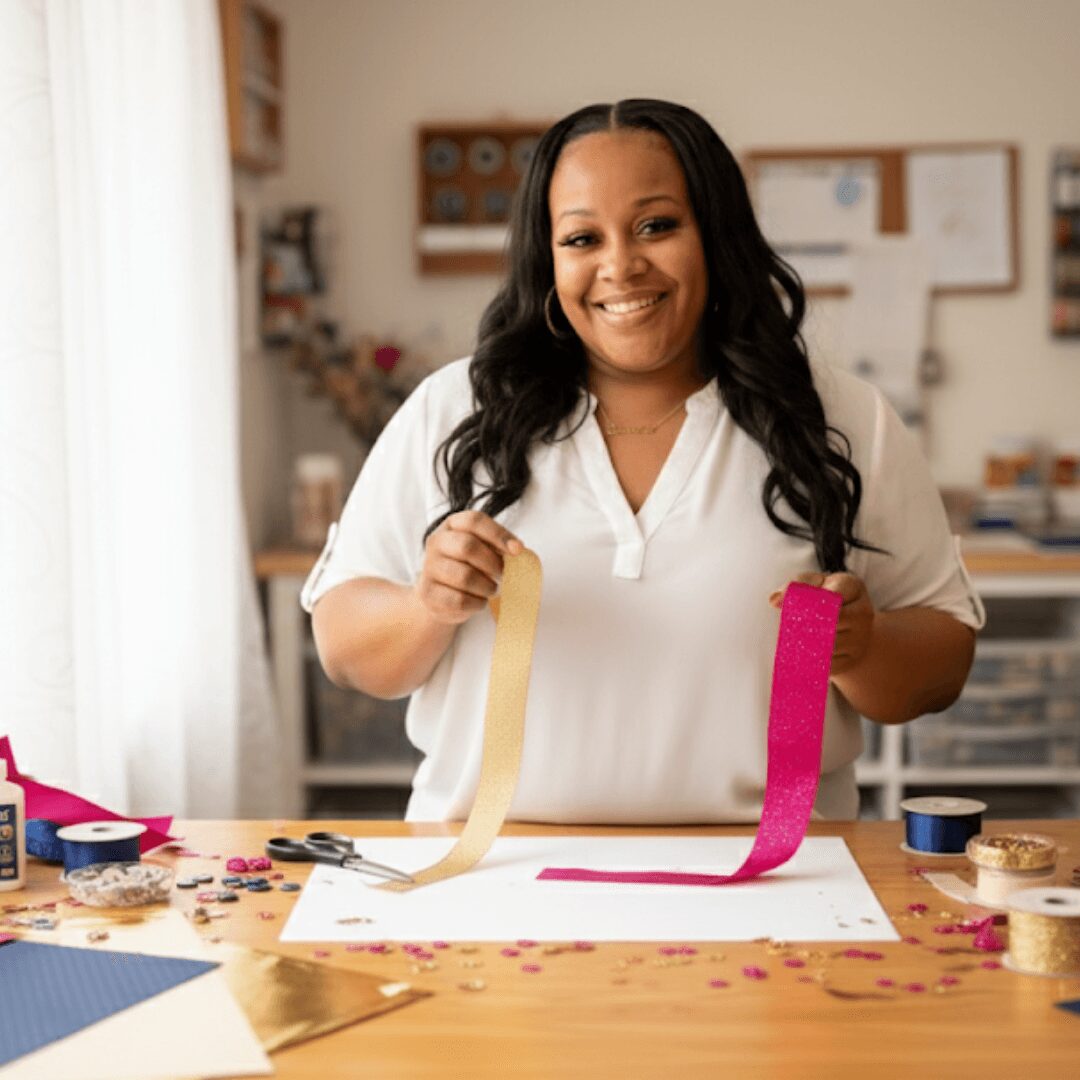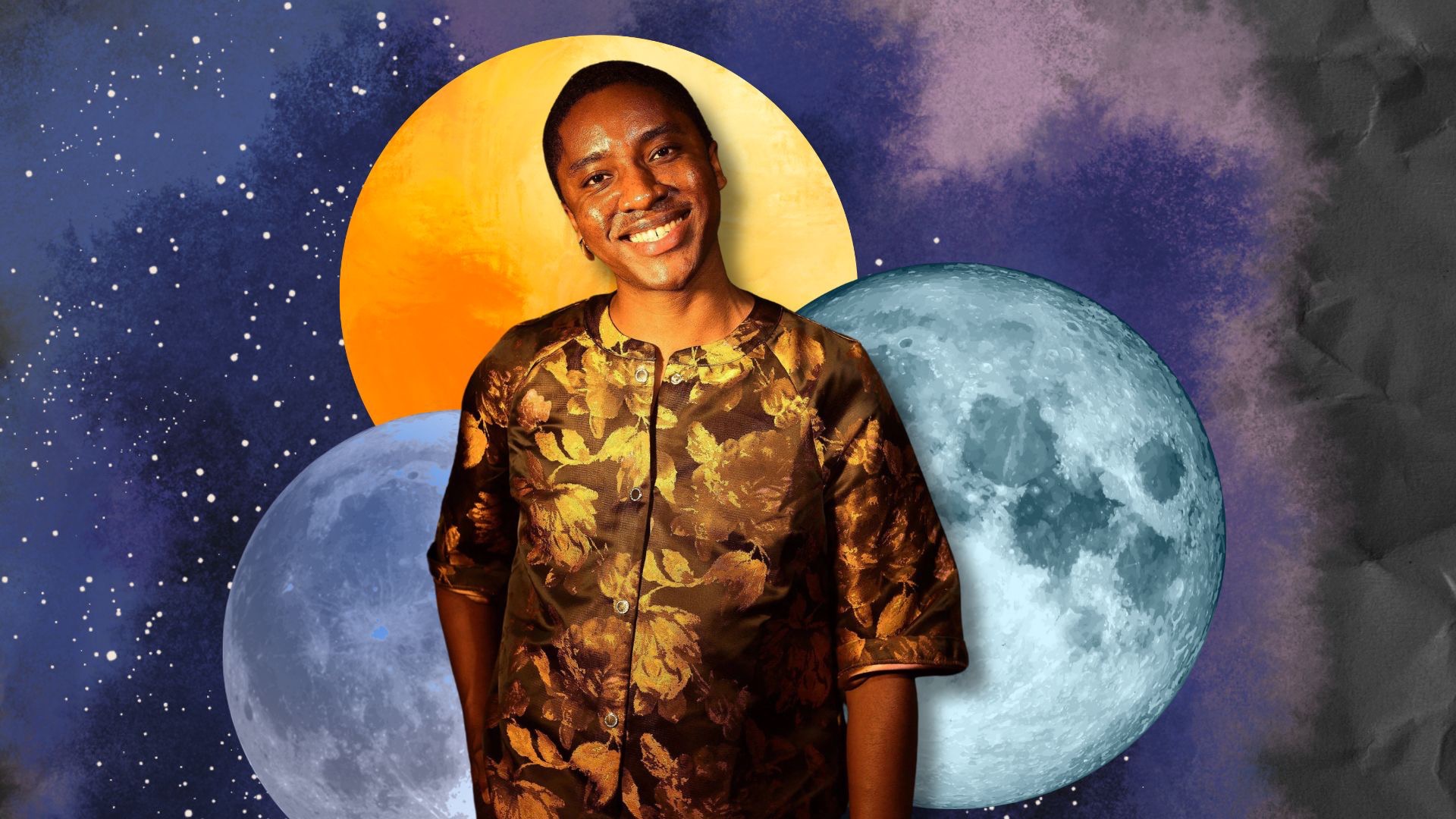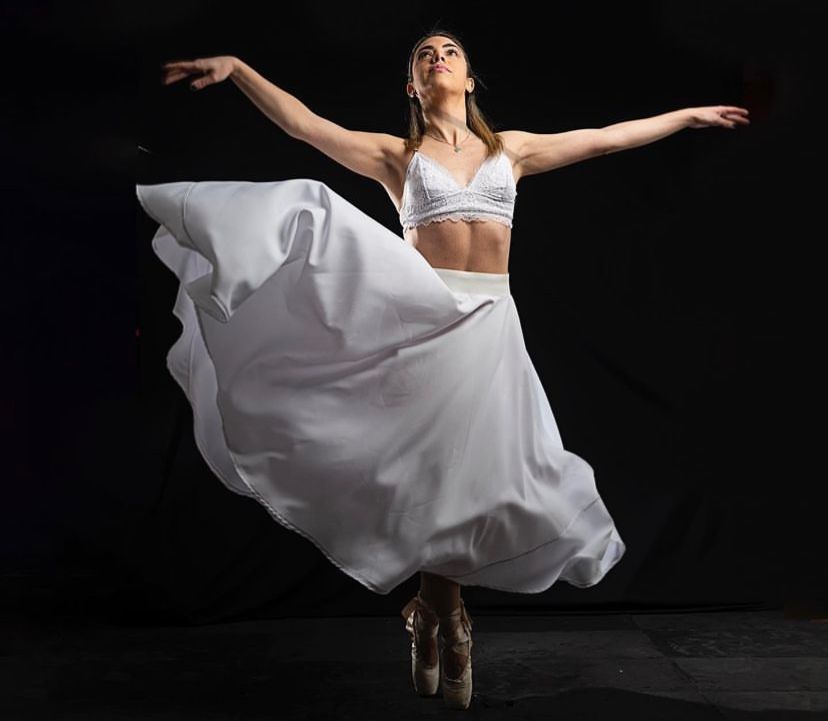We caught up with the brilliant and insightful Jacquelyn Phillips a few weeks ago and have shared our conversation below.
Jacquelyn, so good to have you with us today. We’ve got so much planned, so let’s jump right into it. We live in such a diverse world, and in many ways the world is getting better and more understanding but it’s far from perfect. There are so many times where folks find themselves in rooms or situations where they are the only ones that look like them – that might mean being the only woman of color in the room or the only person who grew up in a certain environment etc. Can you talk to us about how you’ve managed to thrive even in situations where you were the only one in the room?
As a young woman who grew up in the 90s and 2000s, I looked different from others. I don’t mean the color of my skin, but I do mean my hair – it is curly. Now, as a grown adult, I have mastered my curls and embraced them as one of the best parts of me, but as a young girl, I wanted straight hair JUST LIKE EVERYBODY ELSE. Not a single person in my school had curly hair. Wavy? Sure. But this was during the time when straighteners (yes, those lovely metal bars that basically fried off your hair) were all the rage and everybody who was anybody had ramrod straight hair. Unfortunately, my poor mother didn’t know what to do with my hair and tried to help me as I cried and wished and pleaded for straight hair just like everybody else. We used the hair straighteners, we had cabinets full of products that would “guarantee no frizz” and “protect your hair from heat destruction” and “give you the straight hair you desire.”
That was all fake. When you have real curly hair, these products (again, back from the 90s and 2000s) did NOTHING for me. Actually, I take that back. They did do something – they killed my hair. Frayed it from the roots.
But that didn’t stop me from trying. My mom would help blow-dry my hair, would help me straighten it – would take the minimum of 2 hours it would take to get my curls into some form of gross straight frizz because I just so desperately wanted to be like everyone else.
I was bullied for my hair daily. I was made fun of by the boys and girls in my classes. I was called ugly. I was told my hair resembled horse hair. I watched as the “beautiful girls” tossed their straight and shining hair over their shoulders, watched as they pulled their hair into tight pony-tails, watched as they ran their fingers through without getting caught on knots.
My father told me I would always have a target on my back because I was different from others. He took me to a poster store where the woman behind the counter had the most BEAUTIFUL curly hair – it was dark and long, hanging just below her waist. The next week, I went to my hair stylist, asked her to cut off my hair and promised I wouldn’t straighten it again. I would embrace my curls. I would just be me. And this was what I did for years. In high school, I learned what products worked and didn’t work. I still had my hair straightened for school dances, but the scars from my youth lingered. When people would tell me I looked better with straight hair or that they loved my straight hair, I would feel that yucky feeling in my stomach – the one that told me my curly hair wasn’t enough and would never be enough. And I would remain ugly because of my curly hair. That me – who I am – that wild girl with the curly hair and the rebellious spirit – was never ever enough.
The truth of the matter is, since my senior year of high school (which was 15 years ago), I have had my hair straightened twice. And both of those times it happened because my friends and I were bored and watching a long movie and they wanted to play hair salon. I had washed it out the next day both times, making sure my curls were back on display less than 24 hours later.
I know this is a story about hair. But the underlying story is that I learned to accept myself for who I am, and love myself for who I am – despite how mean people can be, despite others wanting you to look different or BE different, despite those childhood scars and insecurities that like to linger around our hearts. I learned to develop a thicker skin, which you need as a writer (as a person doing any art form, really) and have since encouraged those who look different (or who may be considered a bit quirky) to embrace it.
Great, so let’s take a few minutes and cover your story. What should folks know about you and what you do?
I feel like I have two identities sometimes. By day, I work a Monday through Friday as an auto insurance claim examiner. I handle bodily injury claims, so it is my job to speak with people who have, unfortunately, been injured in an accident or have loved ones who were injured in an accident. Some of the injuries are minor, and some are incredibly severe. Four years ago if you had asked me what I was going to be doing with my life, it would not be this (mainly because I am that person who faints and gets queasy at the sight of blood, but that had to change quickly). By night, I am a writer (and avid reader) – and I guess technically, I am a published author (self-published, but published none-the-less). I will say, I consider this one of my greatest accomplishments.
I always had a very vivid imagination and had no problem playing with toys by myself in my room (specifically beanie babies, barbies, and anything involving Disney animal characters). I am the youngest of 4 (3 older brothers), and we would play games together, but they weren’t interested in my silly narratives. When we played together, it was usually some sort of board game, video game or an activity that involved building legos/racing hot wheels. So, I could often be found in my room in front of my Barbie Dream House, creating some sort of story involving Ken and Barbie falling in love. It is this imagination that I have to thank for my ability to weave together words that create settings, plots, and characters into the form of a book.
I began writing when I was in sixth grade. Silly stories (by hand) that I would share with friends. As I grew more confident, I would type the stories into Microsoft Word and then format the document so that I could print the pages, cut them in half, and paste them together so they looked like actual books (maybe they were only 10 to 20 pages, but books none the less). I would pass these out to my classmates. I would create cover pages with illustrations. I would include a Table of Contents with chapters. This was when I knew, just KNEW, I was meant to be a writer – and there was nothing else I wanted more than that.
As I got older, I would have my peers pay me to edit their papers – a dollar here or there. If they wanted one of my “books” to read, I would charge fifty cents. Then in high school, I decided I was going to do this writing thing for real. I had notebooks I would pull out during lectures and instead of taking notes during classes I wasn’t much interested in (sorry economics and history – I really did try), I would write in those notebooks. I would write stories about young love, about young loss, about those things I really didn’t know much about but felt in my heart would make a good story. I listened to stories told by family members, friends, and the family members of friends and I would mix them all together to create a narrative that was compelling (but to be fair, obviously written by a high schooler). I still have these stories and plan to return to them one day, to pull out the meat and potatoes of the plot and turn it into a real novel, but every time I pull out the pages, I remember my young self and cringe – so, that great novel will have to wait.
That brings me to my published works – the first two books of my “Chick Lit” or “Romantic Comedy” or “Romantic Dramedy” series THE GAMES WE PLAY. Book one is “Cat and Mouse” and book two is “Little Bird, Big Sky.” I am still in the process of writing book three, and as the previous books each took me something like 6 or 7 years to write, I need to really push myself to try to get this book out sooner than that. I published the most recent book, “Little Bird, Big Sky” at the beginning of 2023. My covers went through a revamp and I found a new designer whose work I fell in love with.
The best thing about writing fiction is that you hold the world in the palm of your hands (or I guess, the pen in your hand). You can create characters that readers love, that readers hate, that readers want to never see ever again. You can create situations that come from some real part of your life – or a friend’s life, or a family member’s life – and tweak it to make it more interesting. More dramatic. More sex-appeal. More comedy. More WHATEVER you need to make the story the best it can be. You can create conversations that make people laugh, make people cry, make people scream. You can kill off the character that everybody loves and STILL sell books because even though a majority of your fan base hates you for it, they agree it was essential for the story. You can make characters fall in love. You can make characters real. My goal is to tell a story that will help others through a tough time, or let others know they aren’t alone, or simply provide entertainment for someone going through a tough time in the real world and they need a place to escape.
I have lived a relatively weird life and feel there are some parts of that life that can be considered stranger than fiction – so I include them.
Being a writer is difficult when you live in an incredibly expensive city and you feel brain dead after a long day of work, but there is something so wonderful about picking up a pen and grabbing a fresh sheet of paper, only to crumple it up and try again. There is something cathartic about getting all of those jumbled up ideas into a jumbled up paragraph. And there is nothing more rewarding than holding a printed and published copy of your book that is comprised of that wonderful cliche – your blood, sweat and tears.
If you had to pick three qualities that are most important to develop, which three would you say matter most?
There were three things that I constantly remind myself when writing:
1. Don’t write for anybody else. Write for yourself. If you are constantly trying to write to please your readers, you will fail. It is impossible to make everyone happy, but it is possible to be proud of your work and be happy with what you’ve put out in the world.
2. Just WRITE. Find time to sit down and write. Stop making excuses. (I tell myself this probably once a week – because it is really easy to come up with a million reasons why you don’t have time to write). The truth of the matter is, you aren’t on your final draft yet, so just allow yourself some grace and write what comes to mind. And if you are on your final draft, really buckle down and finish it (but do not rush through it otherwise you may miss critical errors or plot holes that you would’ve caught had you slowed down).
3. Be ready for people to comment on your work – the good, the bad and the ugly. Accept what everyone has to say, breathe and let it go. If the criticism helps you improve your writing, tuck it away for later use. If it doesn’t, do your best not to let it nag at you (because after all, we are all our own worst critics),
The best advice I could give you is to maintain one friend who is also a writer (or painter, or photographer, or artist) who understands what you are going through. They can be great sounding boards when your brain is full of too many ideas. They can be your biggest cheerleader. They can be the mirror you’re too afraid to look into. It is important to have one of these people in your corner because even if they are super different from you, they share this one same interest and will also rely on you for the same support you rely on them. I have had one friend since college who I rarely ever talk to, but we still touch base with one another and ask how our writing is going, and we send one another stories and chapter excerpts. It really helps.
All the wisdom you’ve shared today is sincerely appreciated. Before we go, can you tell us about the main challenge you are currently facing?
WRITERS BLOCK (louder for those in the back!). I can sit here all day and encourage you to write, but when your brain is either so full of ideas, you can’t get them down, or life is so busy that your ideas have somehow become hidden deep within the crevices of your imagination and refuse to see sunlight, it is HARD to write. It sometimes feels impossible to just carve out time to write. As much as I love writing and feel it is a part of my soul, it is also hard work. And after a long shift at work, where I have spent much of my day dealing with difficult customers or reading through countless files, the last thing my brain wants to do is…well…brain.
I don’t have a current method to resolve this writer’s block other than to lay in bed late at night, staring up at the ceiling and telling myself to STOP BEING SO LAZY AND GET UP (hmm…I have this same conversation with myself every morning when I should be going to the gym) but I have also come to accept that when it is time to write, my hands will find a pen full of ink and a notebook full of blank pages, and I’ll carve out some time to escape (I also usually have a glass of wine to help with the flow of ideas – hey, don’t judge. Many of the great writers of the past would have done the same, but maybe with Scotch). Until that happens though, I will remain that constant nag to myself while I stare up at that dark ceiling, my hands itching with the want to JUST WRITE ALREADY.
Contact Info:
- Instagram: aladyandherpen
- Linkedin: https://www.linkedin.com/in/aladyandherpen/
- Other: Amazon (where you can find my books for purchase): https://www.amazon.com/dp/B0BNJZG2JJ?binding=paperback&ref=dbs_m_mng_rwt_sft_tpbk_tkin&qid=1713471807&sr=8-1












